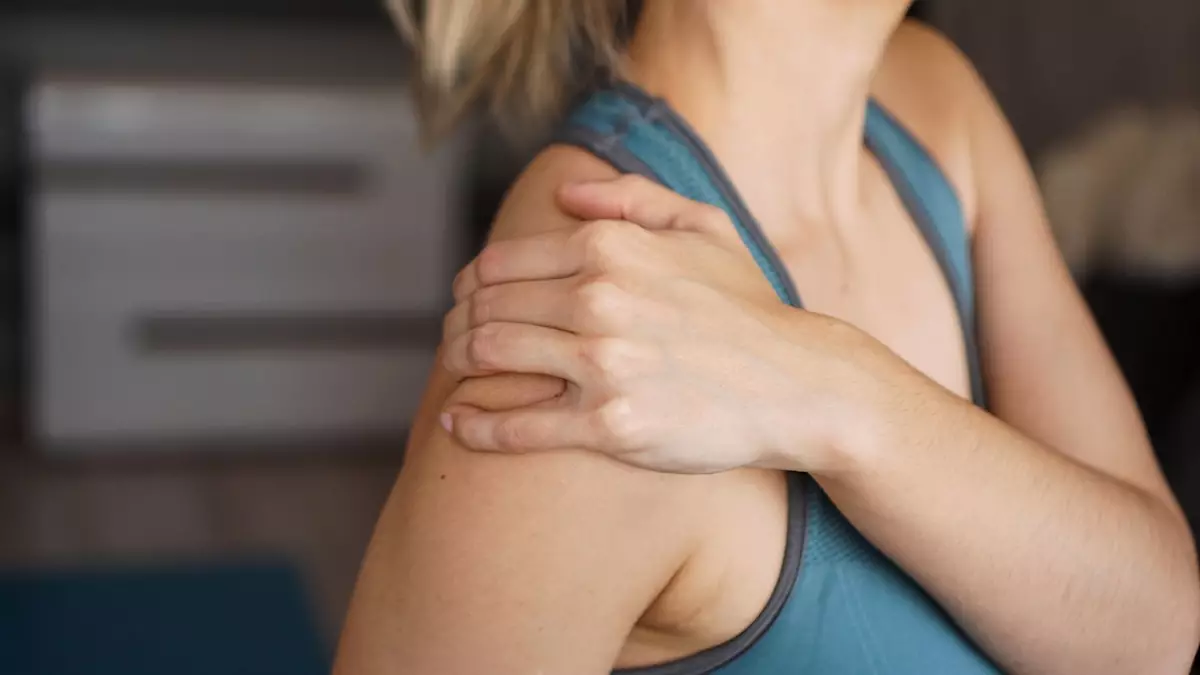Entering the life stage of midlife comes with its own unique challenges, often catching many off guard. As a nutritionist committed to a healthy lifestyle, I kept my diet well-balanced and incorporated regular exercise into my routine. However, as I approached my mid-40s and entered perimenopause, I faced an unexpected adversary: chronic joint pain. This condition manifested itself in ways I never anticipated, with my ligaments and joints protesting in the mornings and becoming stiff as I went about my daily activities. I had taken so many precautions to stay in tip-top shape; it was frustrating and confusing to find myself sidelined by discomfort.
Upon diving deeper into my symptoms, I discovered that joint pain is a frequently disregarded sign of perimenopause. With estrogen levels dropping, collagen production—the protein responsible for skin elasticity and joint lubrication—suffers, resulting in inflammation and a loss of flexibility. This realization marked the beginning of my journey to seek alternative solutions that extended beyond conventional pain management methods.
My quest for relief led me to explore various options, from over-the-counter painkillers to therapeutic massages. Yet, the results were largely temporary and did not address the root of my mobility issues. It was during this phase of trial and error that I stumbled across StretchLab, an establishment dedicated to assisted stretching. Skeptical yet hopeful, I was eager to find a holistic avenue to ease my discomfort.
From the moment I entered StretchLab, I was enveloped in a calming atmosphere that set a positive tone for my experience. I was greeted by Lead Flexologist, Claudia Zappino, whose warm demeanor instantly alleviated my apprehension. She provided a thorough explanation of the stretching process, addressing my fears and normalizing my feelings of physical discomfort. Claudia introduced me to Proprioceptive Neuromuscular Facilitation (PNF), a nuanced stretching technique that engages the body’s nervous system to improve muscle flexibility through intentional contraction and release.
During my initial session, I marveled at how gentle yet effective the approach was. Each stretch led by Claudia guided my body into motions that provided instant relief to my aching joints. The undergraduate principles of biomechanics were at play as I felt the tension ease throughout my limbs and spine. By my second session, I was already noticing positive changes; my joints felt looser, and I experienced a marked reduction in morning stiffness. By the third visit, I was waking up with a renewed sense of mobility and far less discomfort.
Claudia emphasized the importance of consistency: “Women in menopause should remember that this phase is more of a transition than a limitation,” she told me. Her words rang true, motivating me to actively participate in my own healing journey.
Beyond the physical benefits, StretchLab offered me an enriching aftercare routine that enhanced my overall experience. Following each stretching session, I looked forward to indulging in warm ginger tea, which was both comforting and invigorating. Additionally, the use of compression boots after stretching facilitated blood flow and reduced post-session soreness. To my delight, the time spent under an LED mask contributed to a lovely sense of rejuvenation, catering to the skin and soul—as we navigate the often challenging waters of midlife, little luxuries like this can uplift our spirits.
Working with Claudia instilled a desire to incorporate stretching into my broader self-care regimen. It became evident that for optimal benefits, consistency was key: a commitment to stretching several times a week, alongside my other wellness practices, could significantly improve my life’s quality.
Initially grappling with the idea that I had to lean on assisted stretching illustrated to me that life’s transitions can indeed be navigated with the right tools. Claudia articulated a simple yet profound philosophy: “Stretching actively extends your range of motion while reducing both muscle tension and future injury risks. Unlike massage, which targets tension directly, stretching allows for a fuller engagement with our body.”
This new understanding empowered me to embrace my perimenopausal experience rather than see it merely as a limitation. Ultimately, assisted stretching transformed my perspective on movement and flexibility, illustrating it as an empowering aspect of life rather than a hindrance.
While perimenopause presents numerous hurdles, it can also herald a chapter of rediscovery and growth. If you’re finding yourself battling similar frustrations, I wholeheartedly encourage you to explore options like assisted stretching. It provides not only physical relief but also a sense of renewed confidence in your body’s capabilities. As I look to the future with optimism, I know I am equipped—physically and emotionally—to flourish through this transition.

